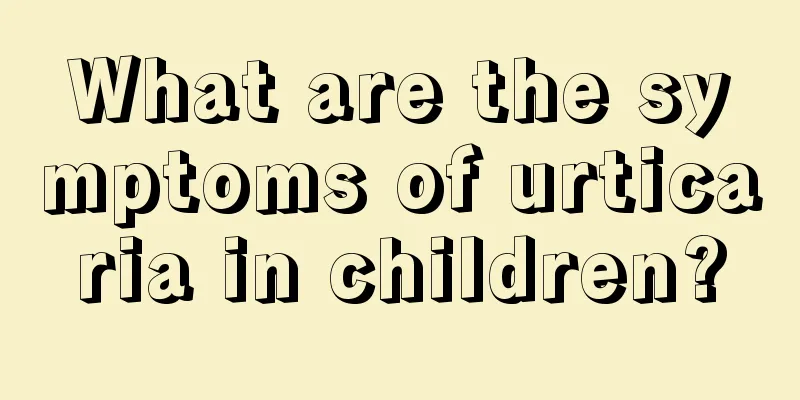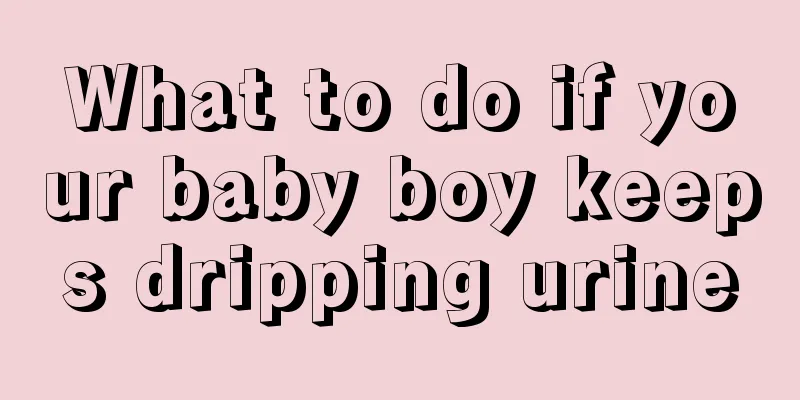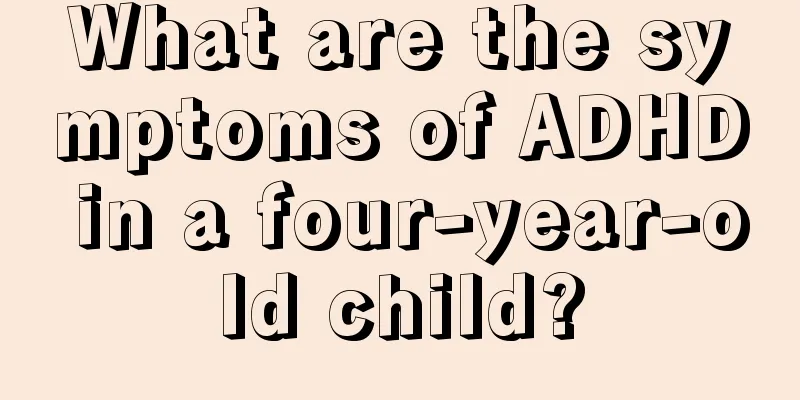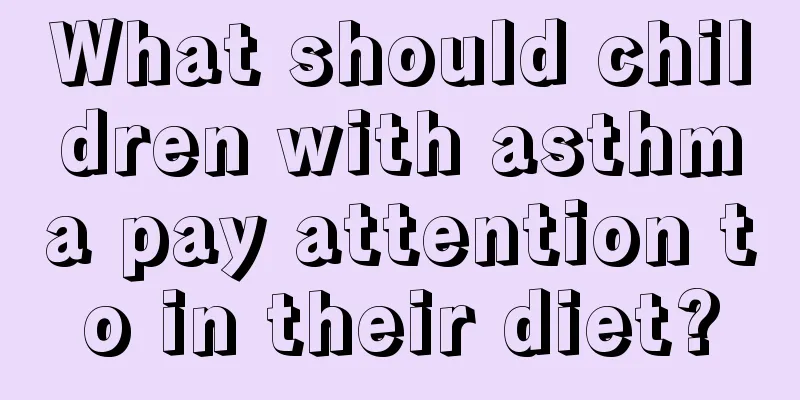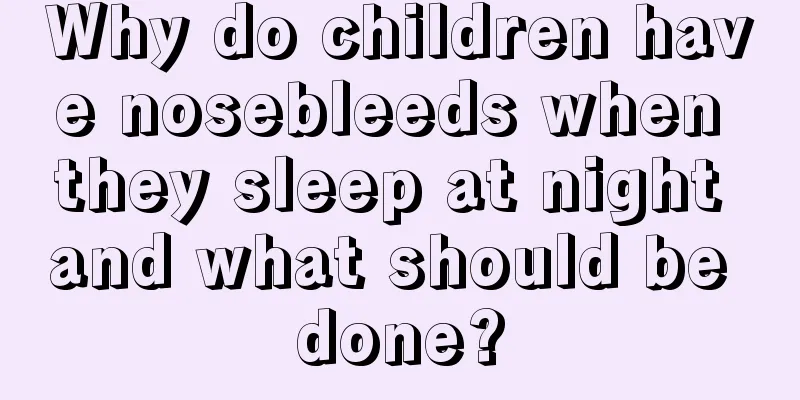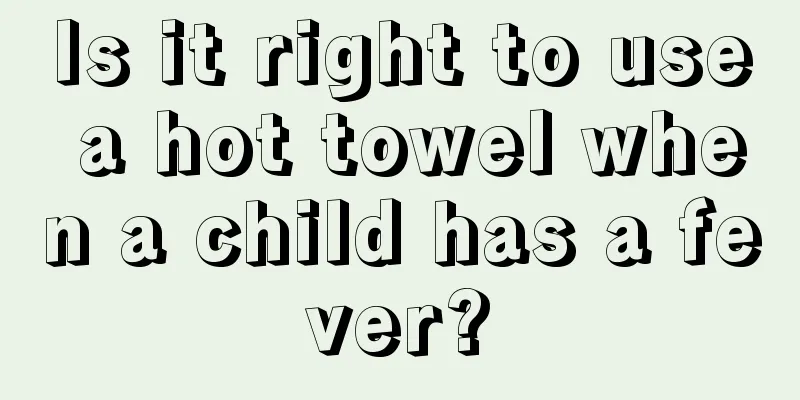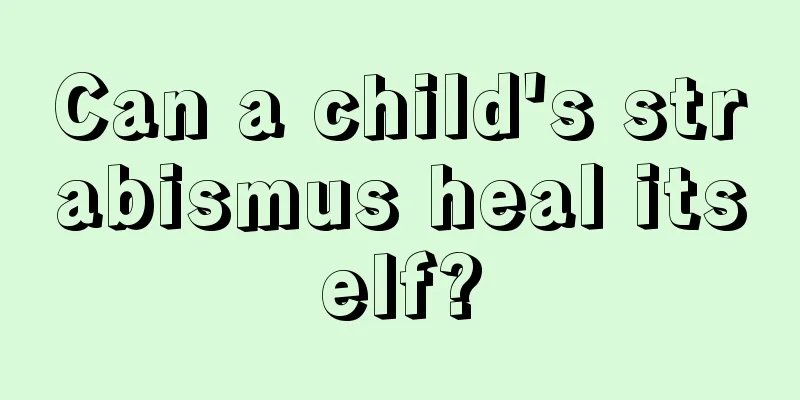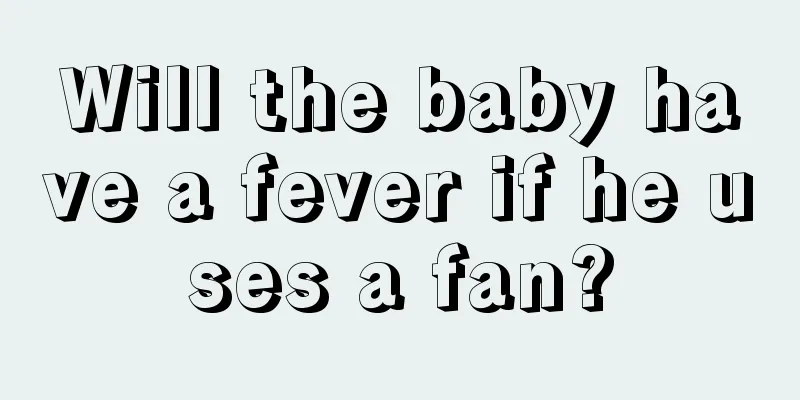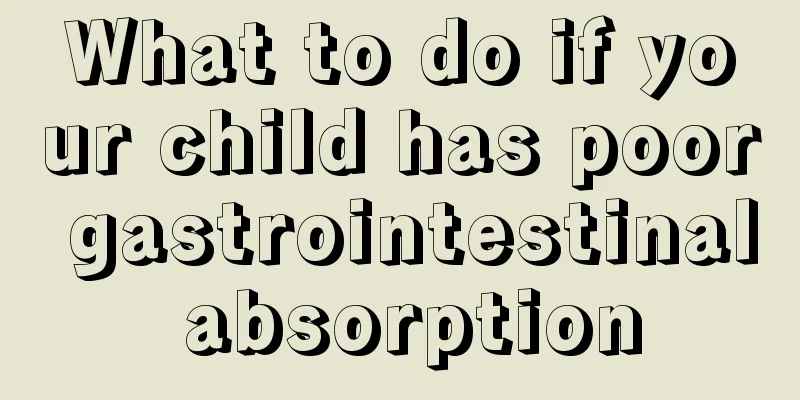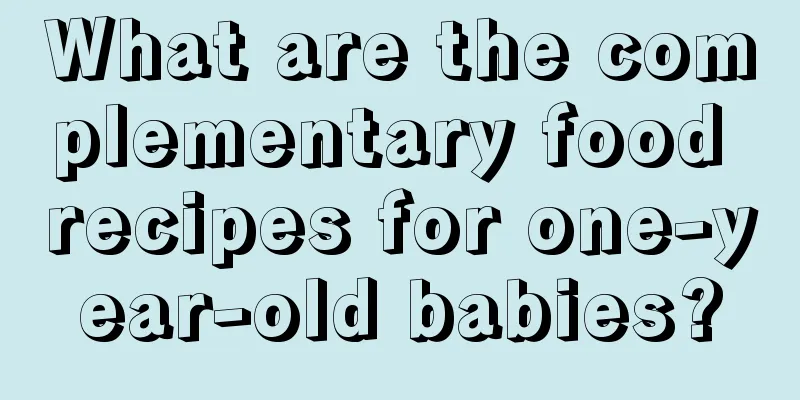Infants and young children with asthma should pay attention to these
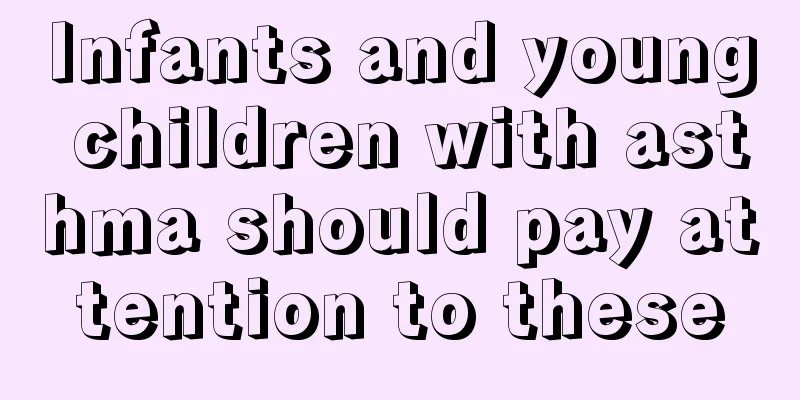
|
In general, asthma in infants and young children is accompanied by repeated coughing and respiratory tract infections in the early stages of the disease. If you listen carefully to the child's breathing when sleeping at night, you will hear wheezing. This symptom is commonly known as infant asthma. If not treated in time, it may lead to continued recurrence of the disease and may even cause unnecessary trouble and harm. We must pay attention to and prevent infant asthma in normal times. The following should be noted when diagnosing asthma in infants and young children: (1) Some infants and young children have recurrent or persistent coughing as the initial symptom, or wheezing during respiratory tract infection. They are often misdiagnosed as bronchitis or pneumonia (including acute respiratory tract infection). Therefore, irrational use of antibiotics or antitussive drugs is ineffective, while anti-asthma drugs are effective. Infants and young children with the above characteristics can be considered to have "infant asthma". (2) If the child's "cold" recurs and spreads to the lower respiratory tract, persists for more than 10 days, and only improves after treatment with anti-asthma drugs, asthma should be considered. (3) Currently, wheezing in infants and young children is usually divided into two types: ① Those with atopic constitution (eczema), whose wheezing symptoms often persist throughout childhood and into adulthood; ② There is no atopic constitution or family history of atopy. The wheezing attacks are related to acute respiratory viral infections, and the wheezing symptoms usually disappear before school age. Regardless of the type of wheezing, airway hyperresponsiveness is present, and some patients may have atopic inflammation. There is no definitive way to predict which children will have persistent wheezing. Since more than 80% of asthma begins before the age of 3, early intervention is necessary. Although some children may overuse anti-asthma drugs, the effective use of anti-allergic inflammatory drugs and bronchodilators can shorten or alleviate wheezing attacks better than the use of antibiotics, and is also in line with the principles of early diagnosis and prevention of childhood asthma. |
<<: What are the common symptoms of fever in infants and young children?
>>: A few simple tips to make your baby love drinking water
Recommend
What to do if your child has vitiligo
Vitiligo is a common acquired localized or genera...
What causes dark circles under boys' eyes?
Nowadays, more and more people have dark circles ...
What are the emergency measures for a heart attack?
Heart disease is a very serious type of disease, ...
Can I turn on the air conditioner when my child has a fever?
In the hot summer, air conditioning has become a ...
The child is sleepy and has a stomachache and a pale face. What's going on?
The physical fitness of children in their early c...
Is it okay to wean a baby at eight months old?
Nowadays, due to the high pressure of our lives, ...
Is it good for children to bathe with mugwort water?
Children are easily bitten by mosquitoes in the h...
Vulva redness and itching in infants
Generally speaking, the vulva of young children i...
What is the best food for a 4-year-old child with constipation?
Constipation is unlikely to happen to children. T...
The reason why baby teeth turn black
Regarding the case of baby's teeth turning bl...
Exercise therapy for children to enhance immunity
The strength of a person's immunity directly ...
What to do if your 10-month-old baby sneezes and has a runny nose
It is a very common phenomenon for ten-month-old ...
What to do if a one-month-old baby has eczema on his face
It is normal for a one-month-old baby to have ecz...
Symptoms of pinworm infection in infants
What are the main symptoms of pinworm disease in ...
How to identify scoliosis in children?
The most important criterion for a child's ph...
